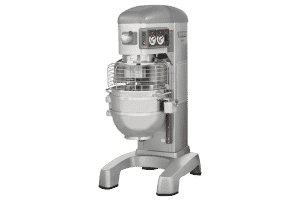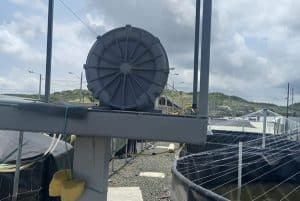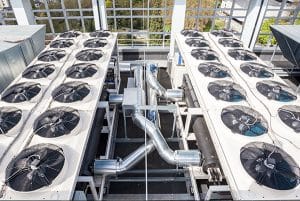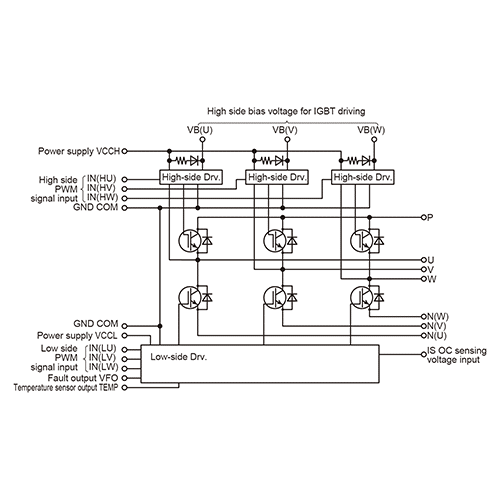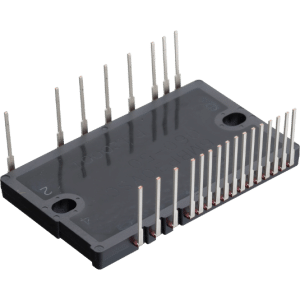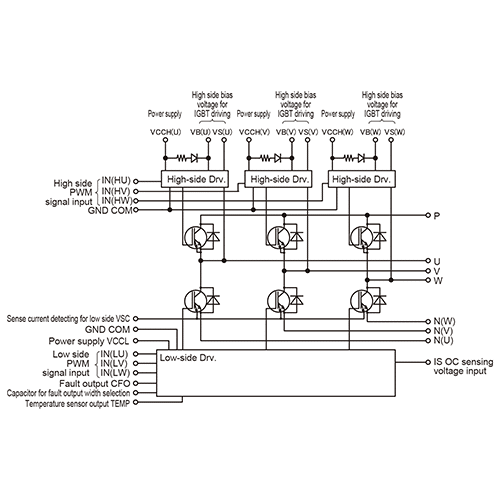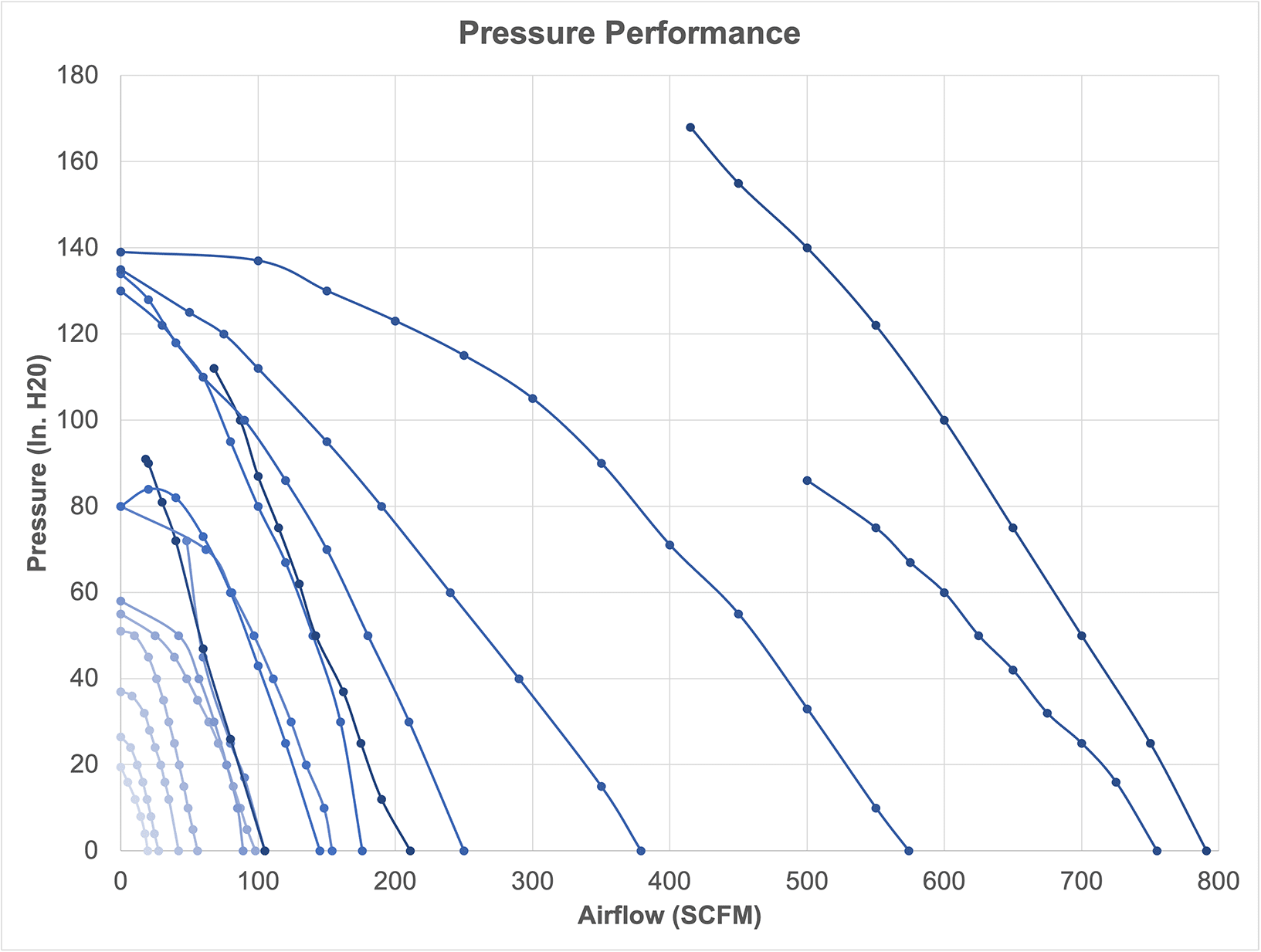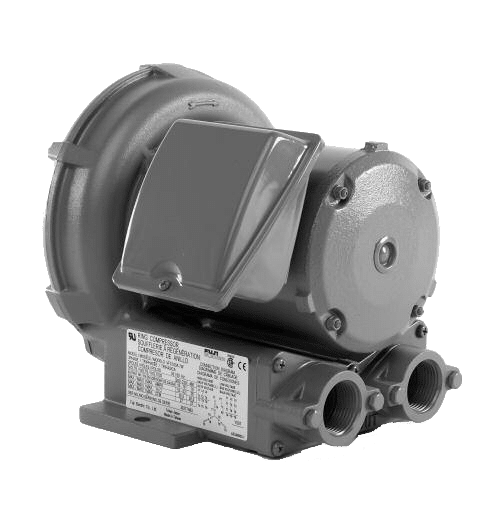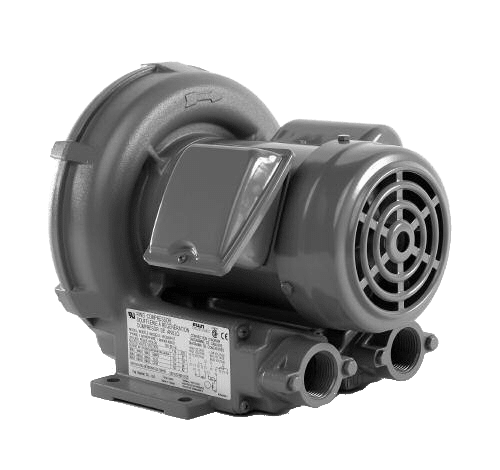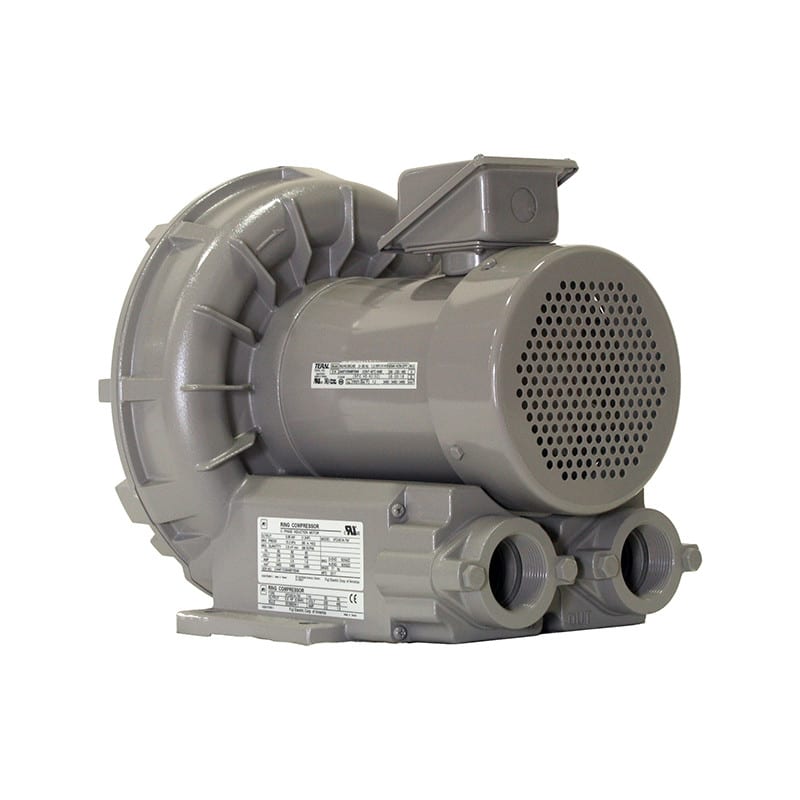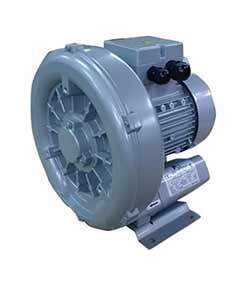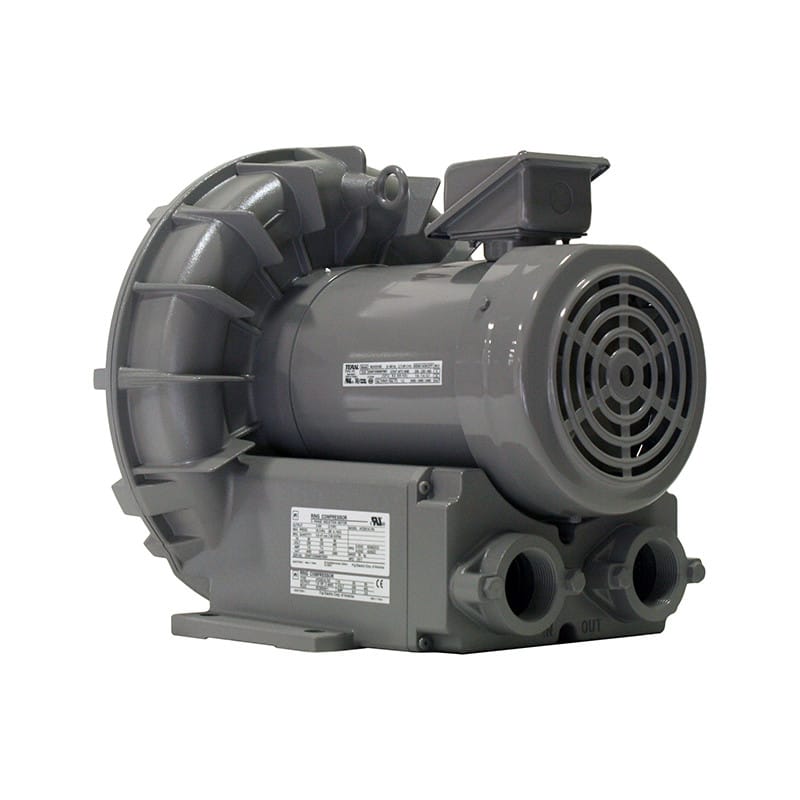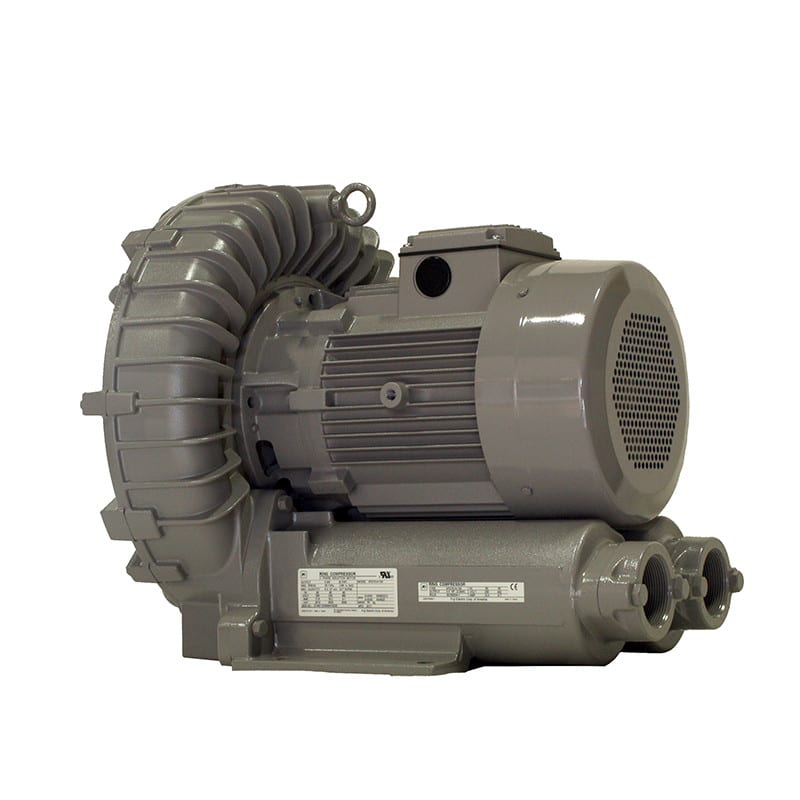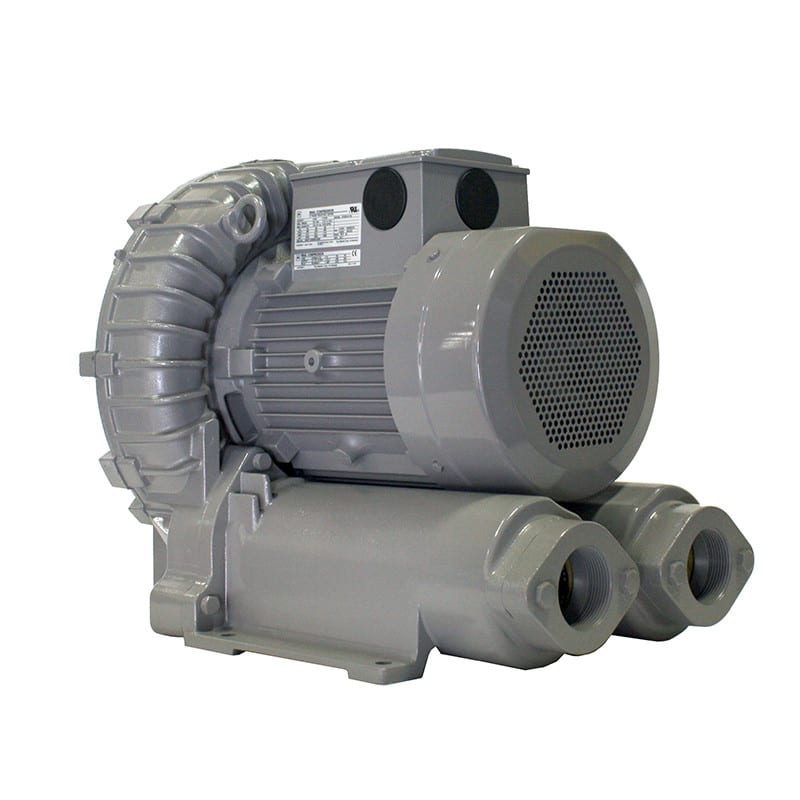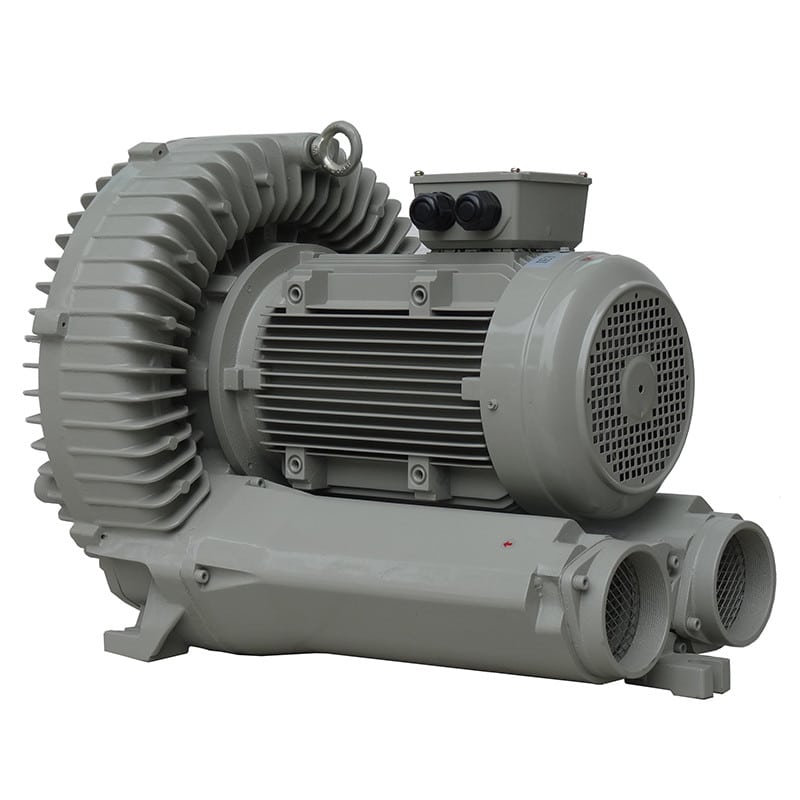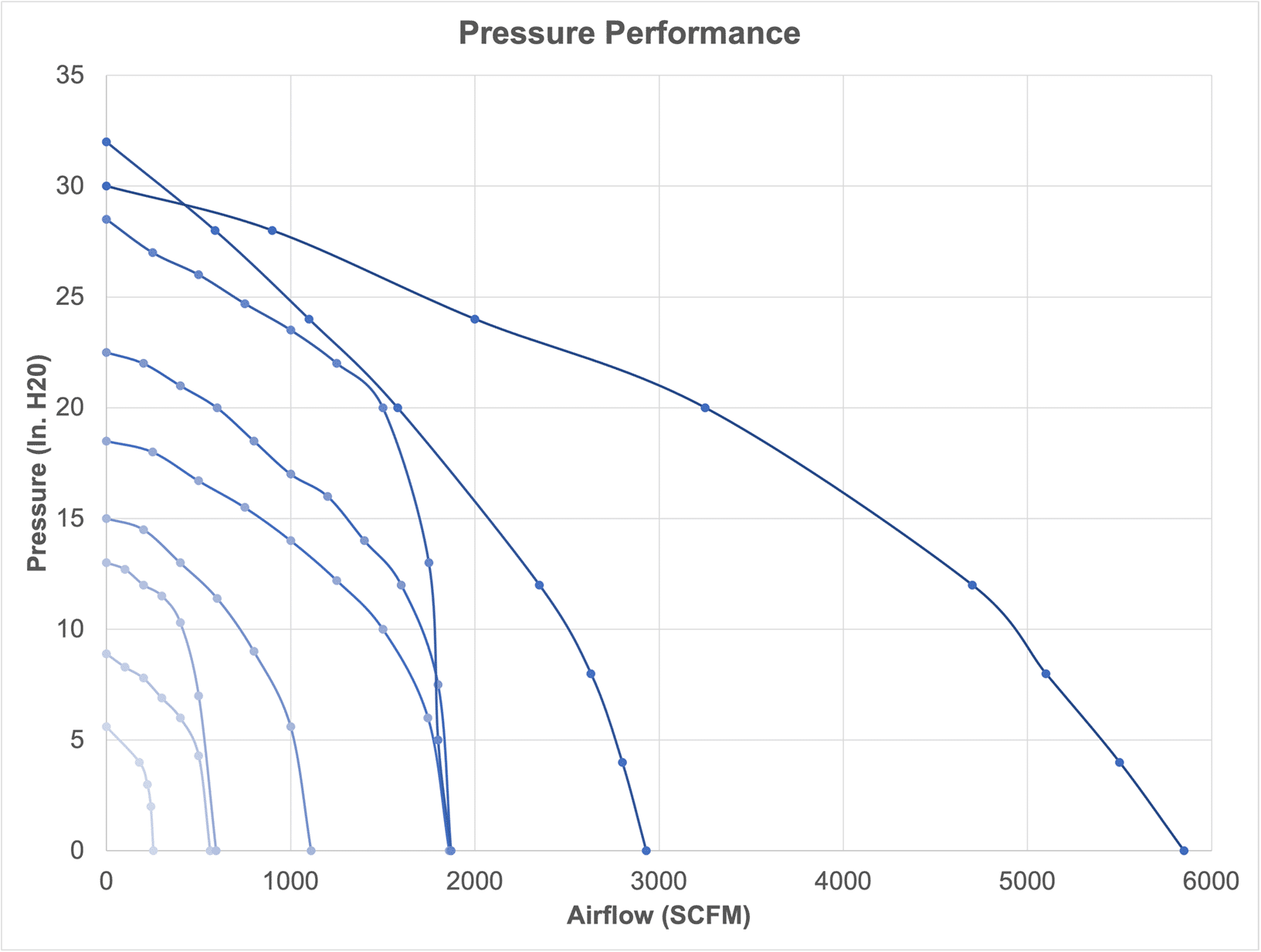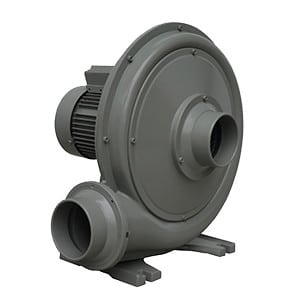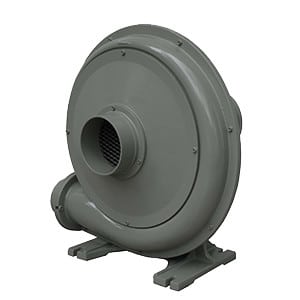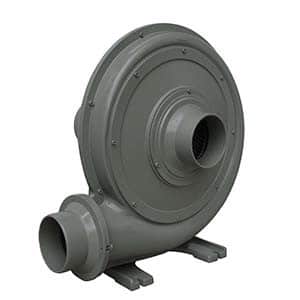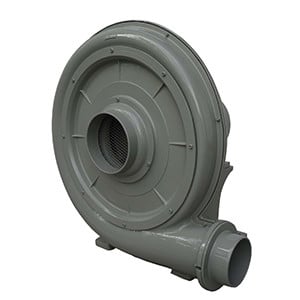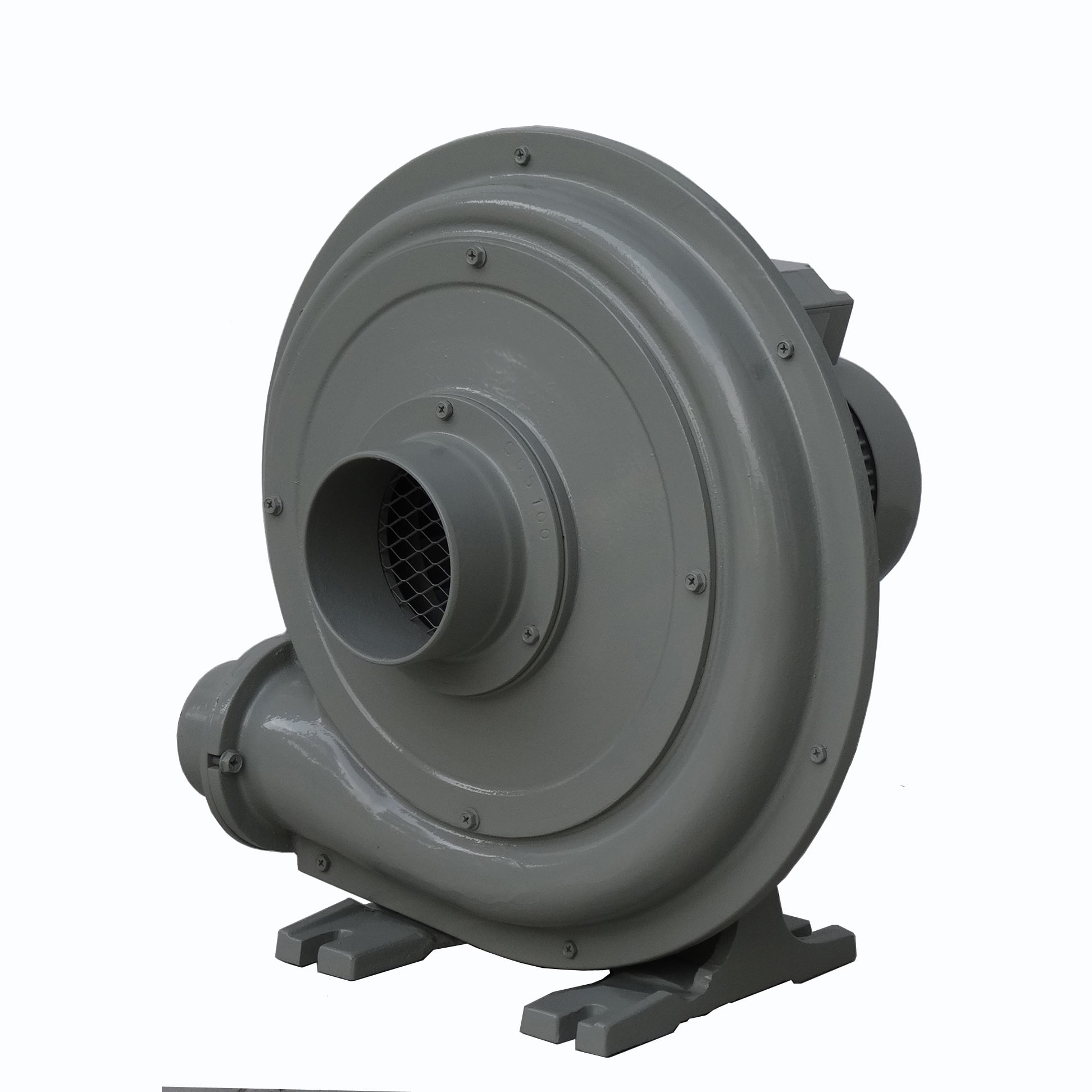The Fundamentals
To perform component-level fault diagnostics on industrial equipment, the use of charts and diagrams is often necessary. While standard push buttons and indicator lights are adequate for basic monitoring and control functions, they fall short when more complex tasks are required. In such cases, Human-Machine Interfaces (HMIs) become indispensable and significantly expedite the process of fault analysis and recovery. HMIs also become a cost-effective solution when the system involves more than five motions or requires more than ten outputs, in addition to multiple inputs.
The Function
The proper positioning and functionality of your equipment have a significant impact on the level of control needed and, consequently, the choice of monitoring system. When the equipment serves as the central point of a production line, an HMI is the superior choice. In such a scenario, an HMI not only acts as a central interface for the equipment but also facilitates connections to other systems like OPC UA, Modbus, ODBC, and more. The ability to connect HMIs to networks is a primary incentive for system integrators to transition from traditional push-button solutions. Data monitored through HMIs can be stored in a cloud-based database, offering location-independent access to users. Similarly, remote access to control, tied to a computer program, introduces automation capabilities. The features mentioned above are not available in systems equipped with indicator lights and push buttons. However, there are situations where such advanced capabilities are unnecessary for equipment to function. Installing an HMI in a scenario where the equipment undergoes minimal changes during its lifespan or has no significant impact on core processes would only add costs that could be allocated elsewhere.
The Upgrade
“If it’s not broken, don’t try to fix it” is a motto that many decision-makers continue to rely on, often without realizing the missed opportunities. The landscape of automation is undergoing dynamic changes, with an increasing number of end-users embracing the practice of engaging with a single screen containing all the necessary information and tools, rather than relying on a cluster of hardware. Transitioning to an HMI-based solution not only enhances the user-friendliness of your machinery but also elicits quicker responses from the newer generation of workers. Furthermore, implementing such a solution empowers businesses to maintain their competitive edge by becoming more accessible to their clients. How? By employing access control methods such as usernames and passwords, companies can control the level of interaction for different tiers of clients and employees, fostering transparency and interactivity in their operations. This approach is particularly advantageous when the HMI is networked, as it enables corporate divisions to make more informed decisions without physically visiting the field.


